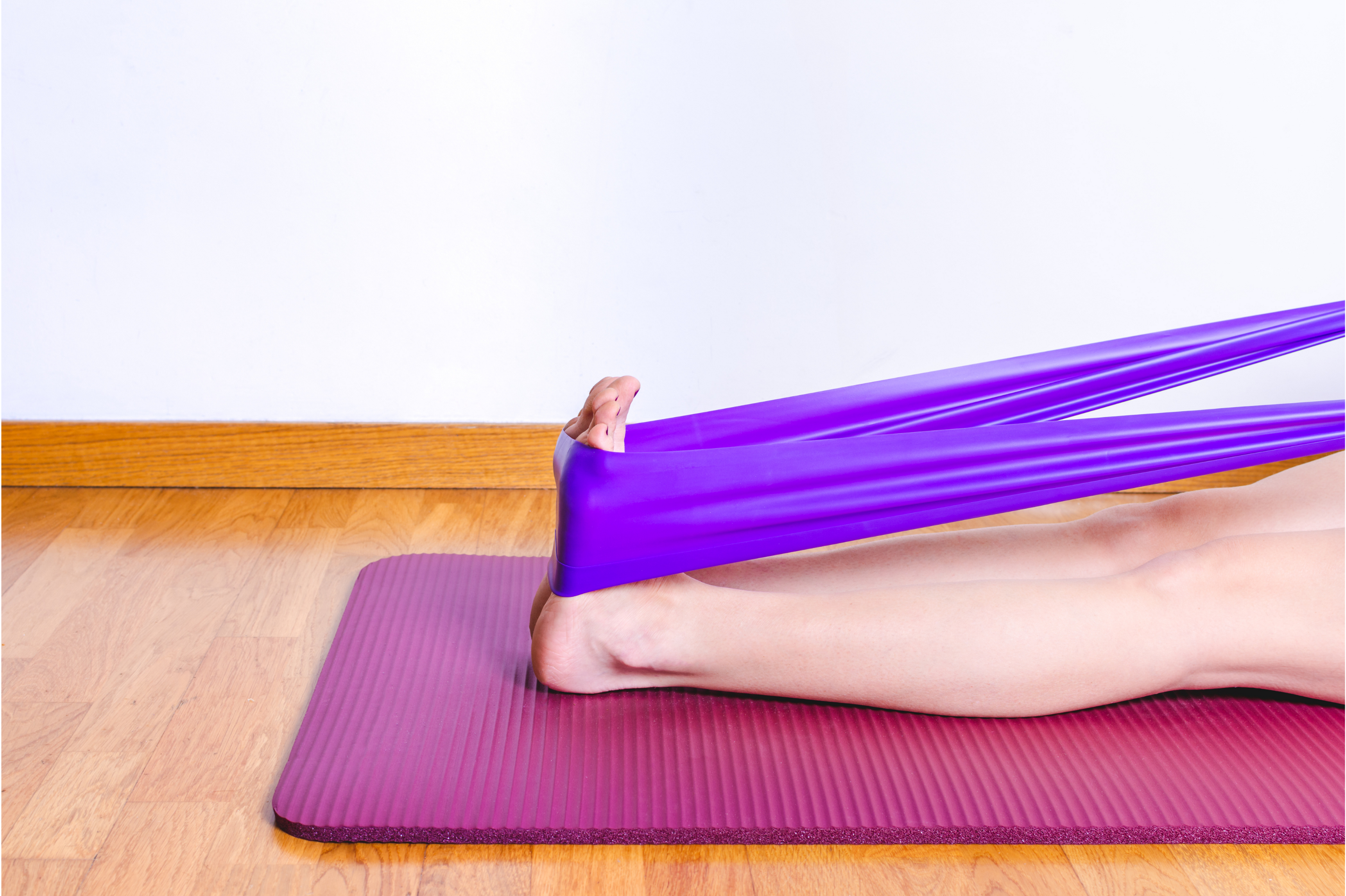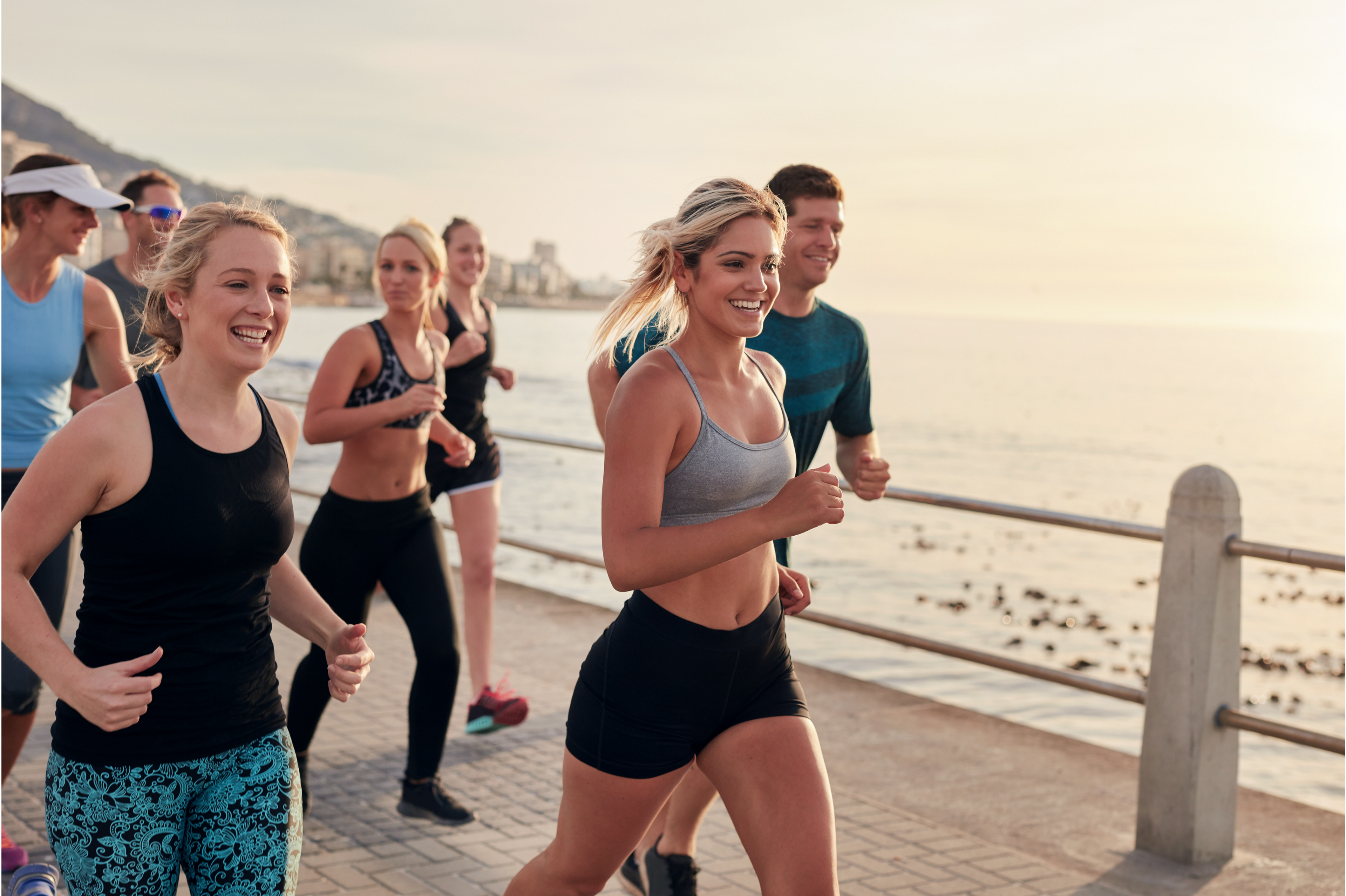How to tailor your calf raise exercises for Achilles tendonitis
In this article, you'll learn why calf raises help for Achilles tendonitis and how to tailor them correctly to optimize your recovery.
Do calf raises help Achilles tendonitis?
Yes. We’ve previously explained that calf raises are one of the top 3 most effective home treatments for Achilles tendonitis.
Here’s why they’re so helpful.
When injured, your Achilles tendon loses some of its strength, causing it to become more sensitive to loading and prone to flare-ups.
It can also be swollen, stiff, and sore due to the fluid build-up from the injury.
Calf raise exercises can help alleviate these issues by:
- Strengthening your Achilles tendon, allowing it to cope better with your daily activity and sporting demands
- Improving circulation, reducing tendon pain and stiffness
- Promoting healing, leading to a faster recovery
Now that you know why calf raises work for Achilles tendonitis, let's look at how to tailor them properly.
How to tailor your calf raises for Achilles tendonitis
Want to see this in action? Check out our tailored Achilles tendinitis plan layouts for insertional and mid-portion Achilles tendonitis, with slight variations to accommodate insertional injuries that can’t tolerate stretches.
Adapting your calf raise exercises to your Achilles tendonitis recovery stage
Early rehab
The best way to do your calf raise exercises when your tendon is still very painful or easily irritated is to stand on two legs without carrying extra weights.
Examples of early-stage calf raise exercises for Achilles tendonitis
Benefits of calf raises in early rehab
Early-stage exercises may seem simple but it’s best not to skip them. They are vital for Achilles tendonitis recovery and have numerous benefits, including:
- Improving tendon circulation, leading to reduced pain and improved healing
- Getting your tendon used to gentle loads
- Helping you safely start testing your tendon's load tolerance
Tips and precautions
Stretching your Achilles tendon over a step can sometimes irritate it, so:
- If your Achilles is extra sensitive (or you have insertional Achilles tendonitis) – start your calf raises on floor level
- If you have mid-portion Achilles tendonitis – calf raises over a step will likely be OK, but you must test if it's OK for you since everyone is different
Mid-stage rehab
Examples of mid-stage calf raises for Achilles tendonitis
Benefits of calf raises in mid-stage rehab
- They prevent you from compensating with your uninjured leg
- They help you develop the base strength and movement patterns necessary for the heavier exercises in the next rehab stage
Tips and precautions
- If you have insertional Achilles tendonitis, it’s still better to keep doing your calf raises to floor level only.
Late-stage rehab
Examples of late-stage calf raises for Achilles tendonitis
Benefits of calf raises in late-stage rehab
- Help restore your tendon’s full strength by adding weights to your calf raises
Tips and precautions
- Add weight to your calf raise exercises by placing weights in a backpack on your back – this frees your hands up to hold on for balance.
- The weight you add depends on your future activity goals – for instance, a runner will need stronger Achilles tendons than someone who only walks.
- Aim to build up to the amount of weight matching your future activities’ tendon-loading demands.
- Do this safely by starting with a very low weight and slowly increasing it over time.
- Rushing to add heavier weights usually causes Achilles tendonitis to flare up, which slows your recovery.
The Exakt Health app guides you through this process step by step. It provides straightforward advice on when to progress, maintain, or take your exercises back a level. Helping to minimize flare-ups and keep you on track with your recovery.
Return to running prep: Plyometric exercises
Plyometric exercises are not technically calf raises, but they involve similar movements. The main difference is they're done much faster and more powerfully than regular calf raises.
It’s essential to complete a full set of plyometric exercises before you return to running to ensure your tendon is ready to take on the increased load and impact.
Examples of plyometric exercises for Achilles tendonitis
Benefits of plyometrics in Achilles tendon rehab
- Help prepare your tendons for the quick, explosive forces of running and jumping sports
- Can help prevent future Achilles tendonitis injuries by building stronger, more resilient tendons
Tips and precautions
- It's best to introduce plyometrics slowly and in small sets – progressing to larger volumes and increasing intensity over several weeks.
You don't always have to stop running when you have Achilles pain – here's how to decide what's best in your case.
Determining your calf raise starting level
Testing your tendon’s exercise response
Scans and other tests can detect an Achilles tendonitis injury but don't reveal your tendon's strength or sensitivity.
To find the right exercise level for your tendon, you must carefully test how it responds to exercise.
How Physical Therapists test and set exercise levels
- First, they ask you to perform a set of easy calf raises (e.g., double-leg calf raises).
- If you’re struggling to complete the whole set (either due to pain or weakness), they ask you to start with a reduced set.
- If you complete the set comfortably, they ask you to check how your Achilles tendon reacts in the 24 hours after doing the test (explained next).
- If all is well, they ask you to test a new set of slightly higher-level calf raise exercises until they identify your correct level.
- Your correct starting level exercise is the one that causes slight discomfort but doesn’t worsen your symptoms.
- This level indicates your tendon’s current strength, meaning what it can cope with safely now.
Progressing your calf raises safely
Understand the 24-hour tendon response
Injured tendons are known for having a delayed pain response, meaning they may feel OK during a strengthening or stretching exercise but often flare up several hours later.
Monitoring your 24-hour response helps you choose, adapt, and progress your exercises without worsening your symptoms or slowing your recovery.
It also helps you gauge how much rest you need between calf raise exercise sessions.
Allow for rest in your Achilles tendonitis rehab
Rest is crucial between calf raise exercise sessions because it allows your Achilles tendon time to recover and adapt.
Doing too many high-load calf raises without enough recovery time usually causes Achilles tendonitis to flare up.
The harder your calf raise exercises, the longer the gap should be between workouts.
Overdoing stretching exercises can also irritate your Achilles tendon. Learning about how to avoid the common pitfalls of Achilles tendonitis stretching can help optimise your recovery.
We've integrated this testing into the Exakt Health app. Based on your feedback, the app calculates your calf raise starting level and exercise schedule, alerts you to potential over-training risks, and helps you manage flare-ups.
Conclusion
Now you know the importance of tailoring your calf raises to your tendon strength and the stage of recovery: It’s crucial for managing Achilles tendonitis effectively.
Knowing how to correctly start, pace, and progress your calf raise exercises based on your unique injury kickstarts and fast-tracks your Achilles tendinitis recovery.
It optimizes your rehab, helping you get back to the activities you love with confidence, sooner.
Happy rehabbing!
The Exakt Health app simplifies recovery by providing clear exercise guidance, 24-hour response testing, and helpful tips to enhance your rehab results.



